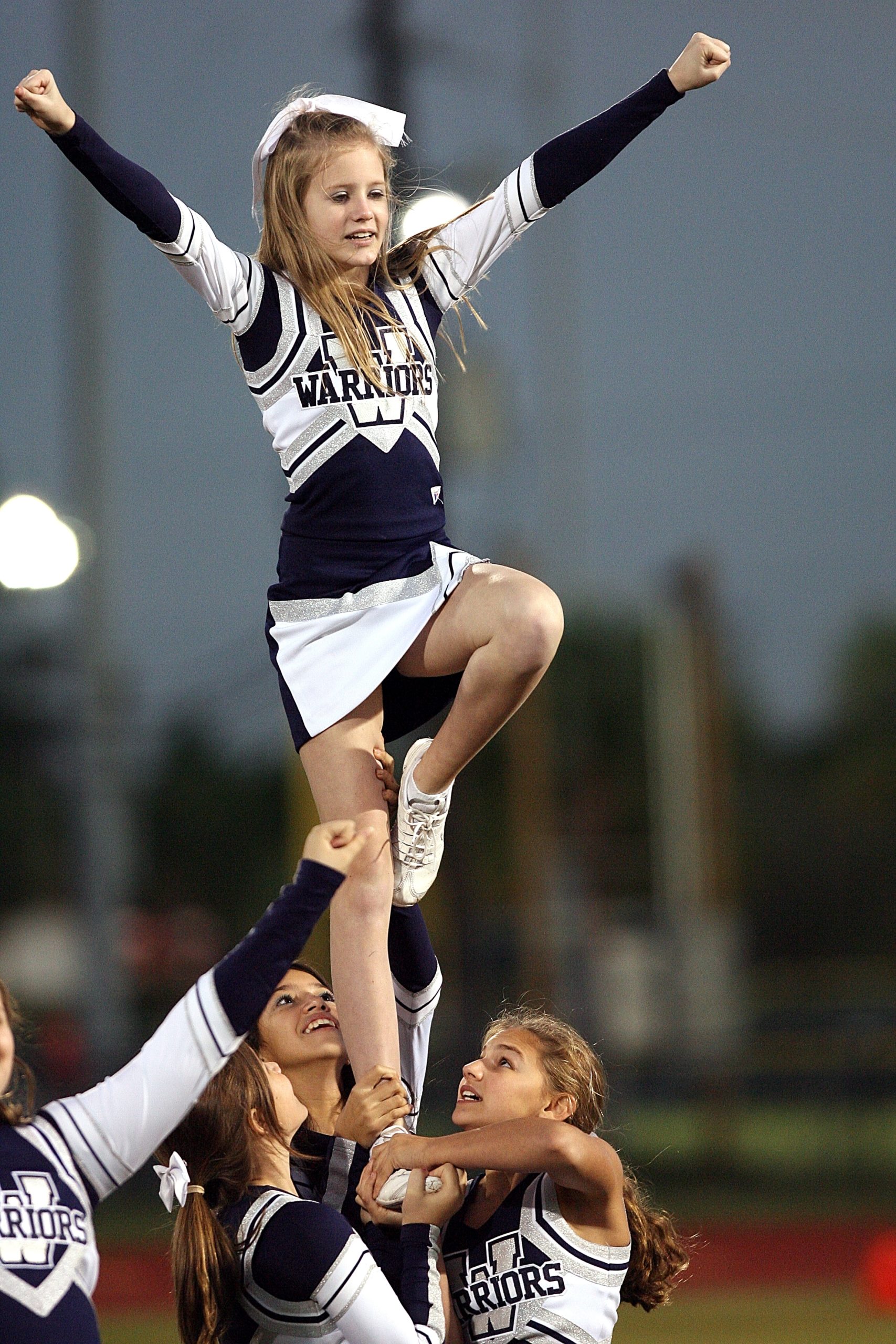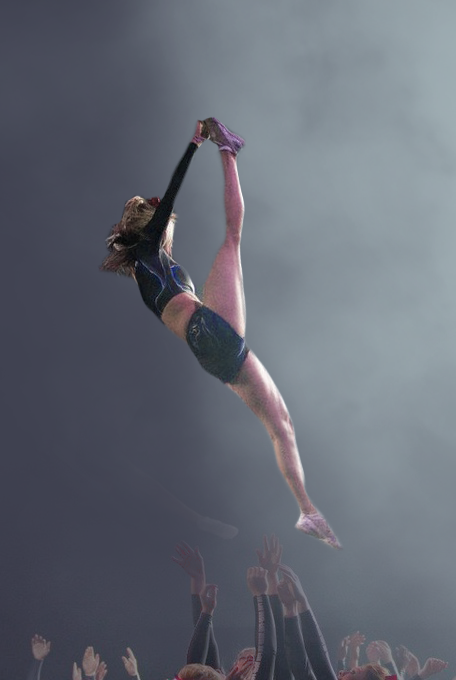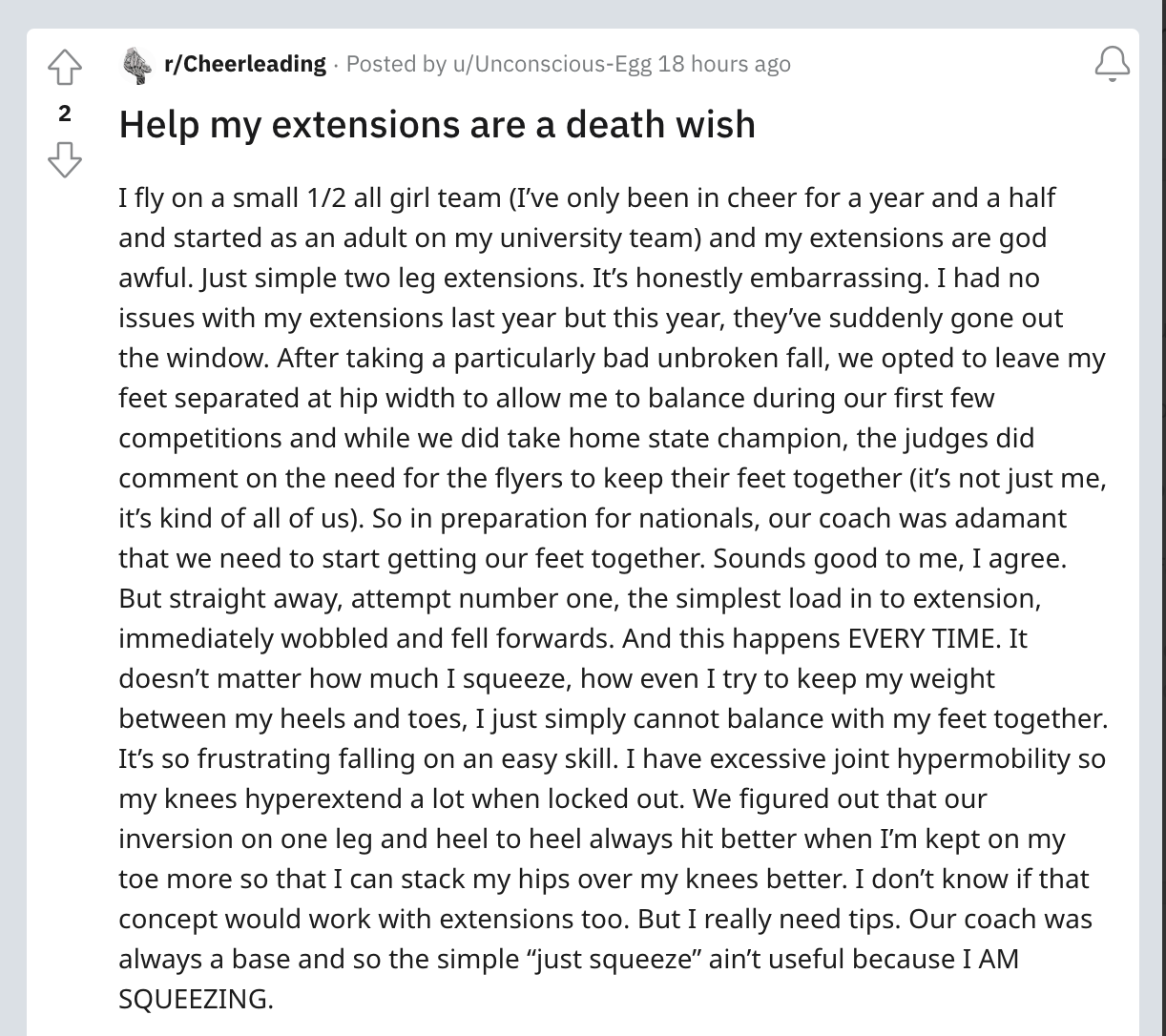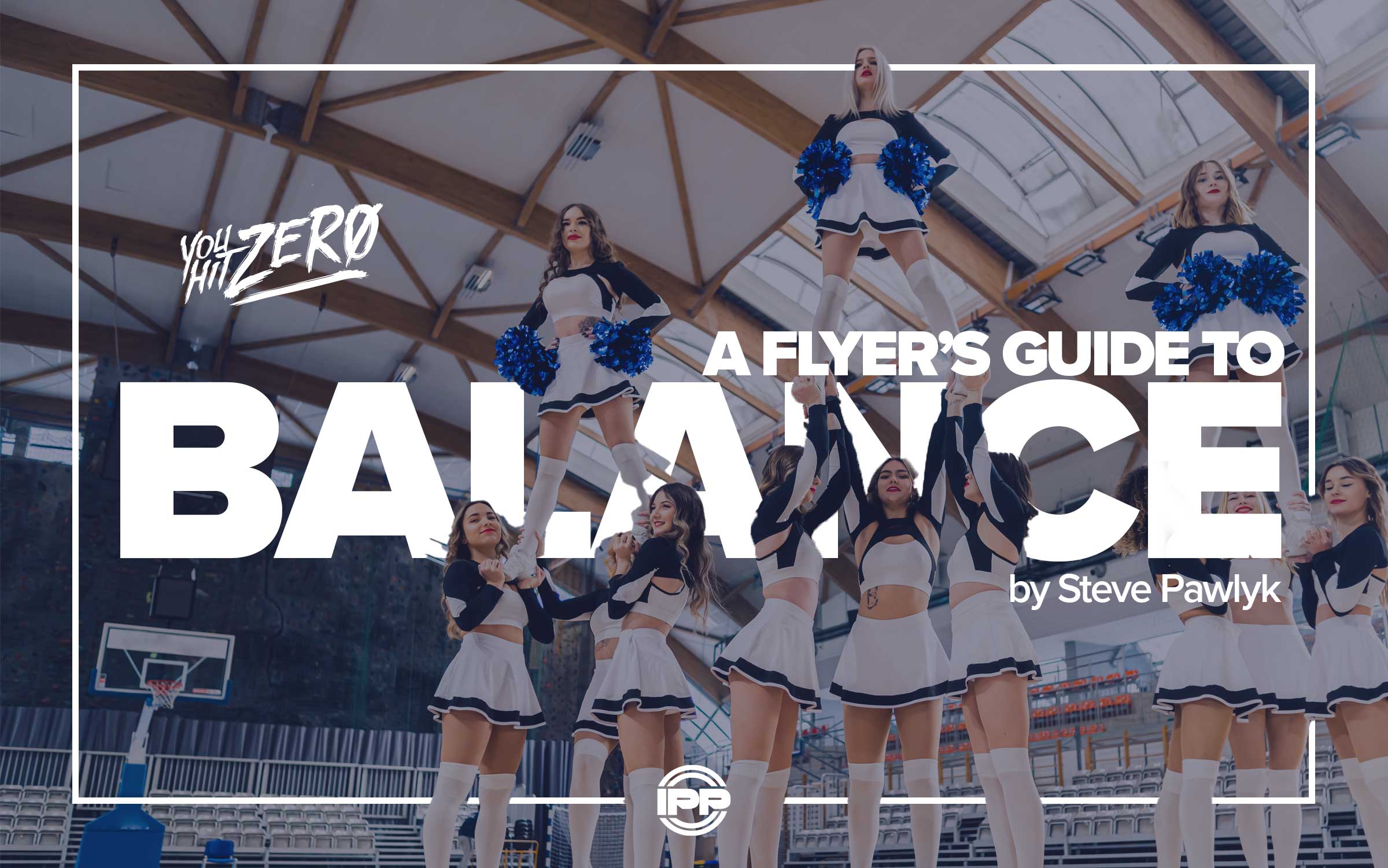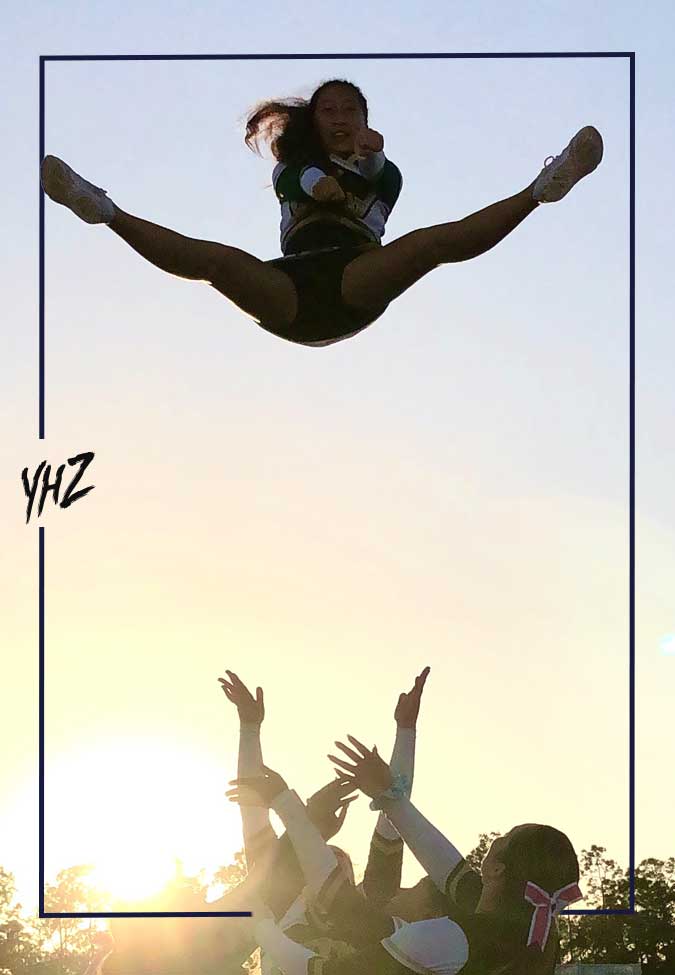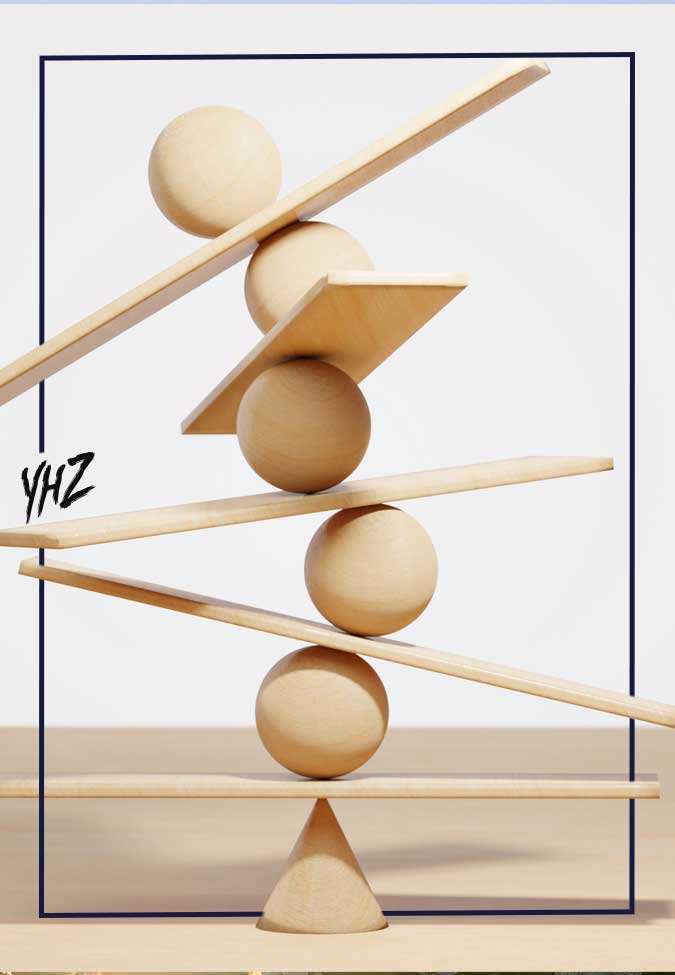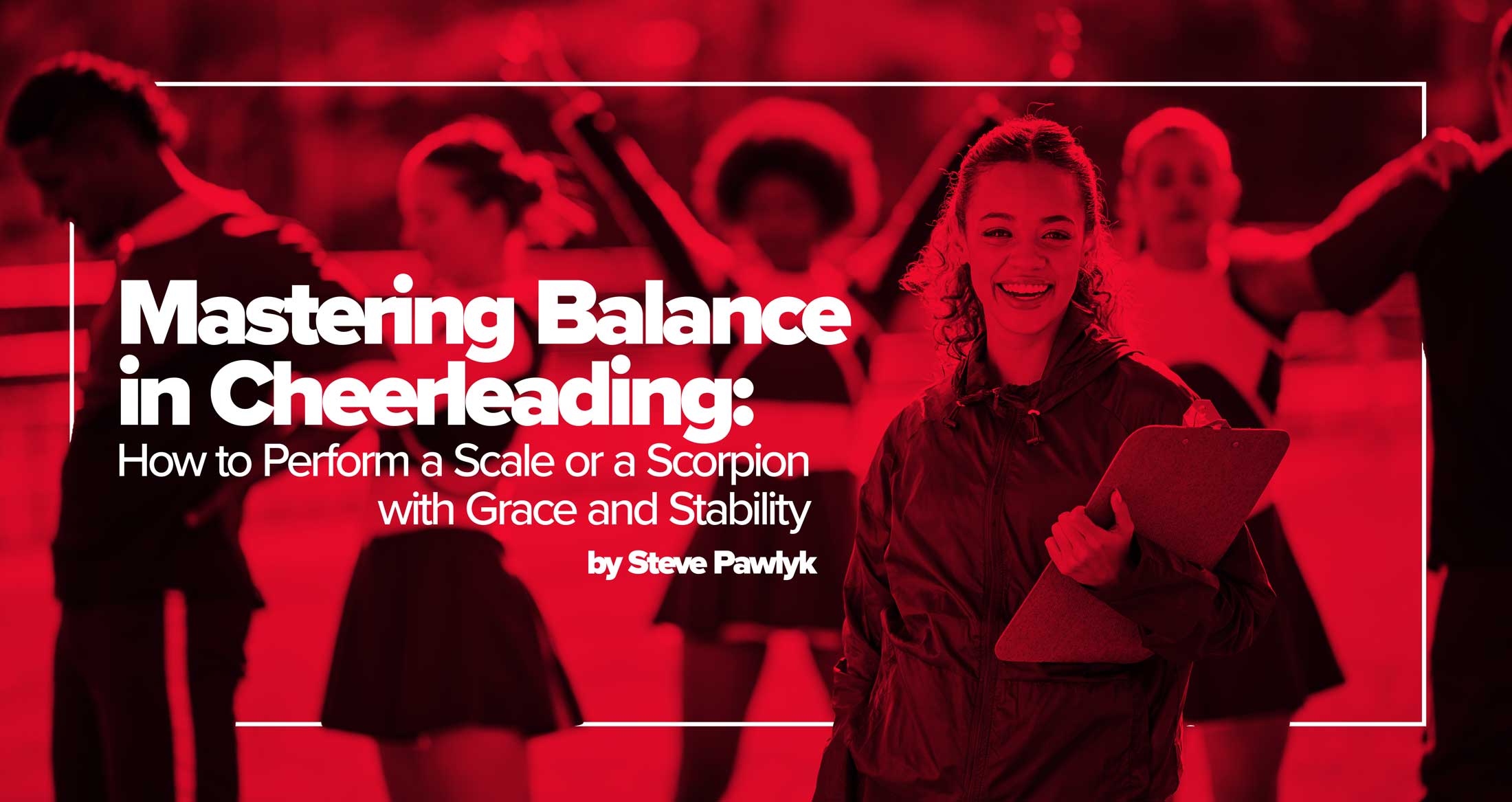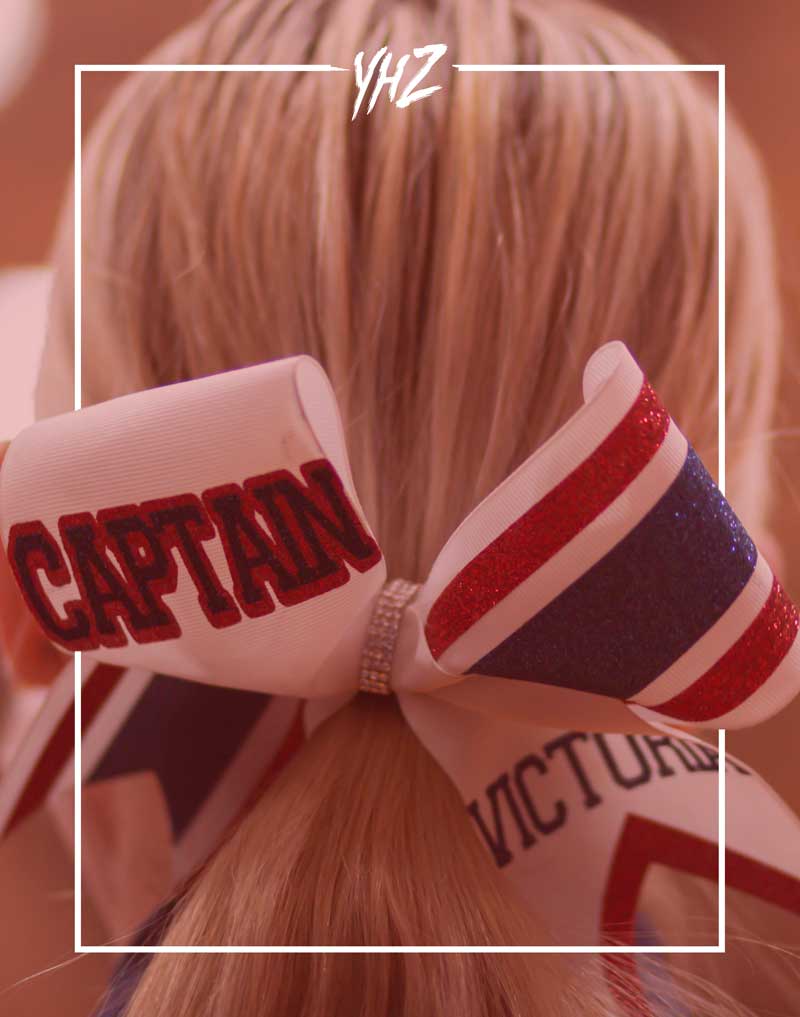By Steve Pawlyk
Published September 15, 2023
If you’re a cheerleader struggling with extensions, especially as a flyer, you’re not alone. It’s an area that many flyers find challenging, but it’s crucial for nailing your routine and impressing the judges. Today we’re gonna go over how to improve your extensions, with specific reference to a Reddit post that highlights challenges such as balance issues and hypermobility. Let’s jump right in.

The Problem with Extensions
A Reddit user recently highlighted a common issue among flyers — difficulty in maintaining balance during two-leg extensions. Whether it’s wobbling, falling forward, or not being able to keep your feet together, these issues can throw off your entire routine.
The Role of Joint Hypermobility
If you, like the original poster, have excessive joint hypermobility, it’s essential to adapt your technique accordingly. This could mean avoiding locking your knees too tightly, as hyperextension can contribute to imbalance.
Tips for Flyers Struggling with Extensions
- Find the Sweet Spot: Balance is about weight distribution. Try to find that perfect balance between your heels and toes.
- Engage Your Core: This is more than just “squeezing”. Your core muscles are essential for stability.
- Alignment: Ensure that your hips are stacked over your knees and your knees over your ankles.
- Feedback from Bases: Communication with your bases can offer vital feedback for improving your form.
- Practice Low: Try practicing the extension at a lower height to build confidence and fine-tune your form.
- Foot Position: Experiment with keeping your feet at hip-width versus together to see which offers better stability, gradually moving to the desired position.
- Consult a Specialist: If hypermobility is a concern, consult a physiotherapist familiar with cheerleading injuries.
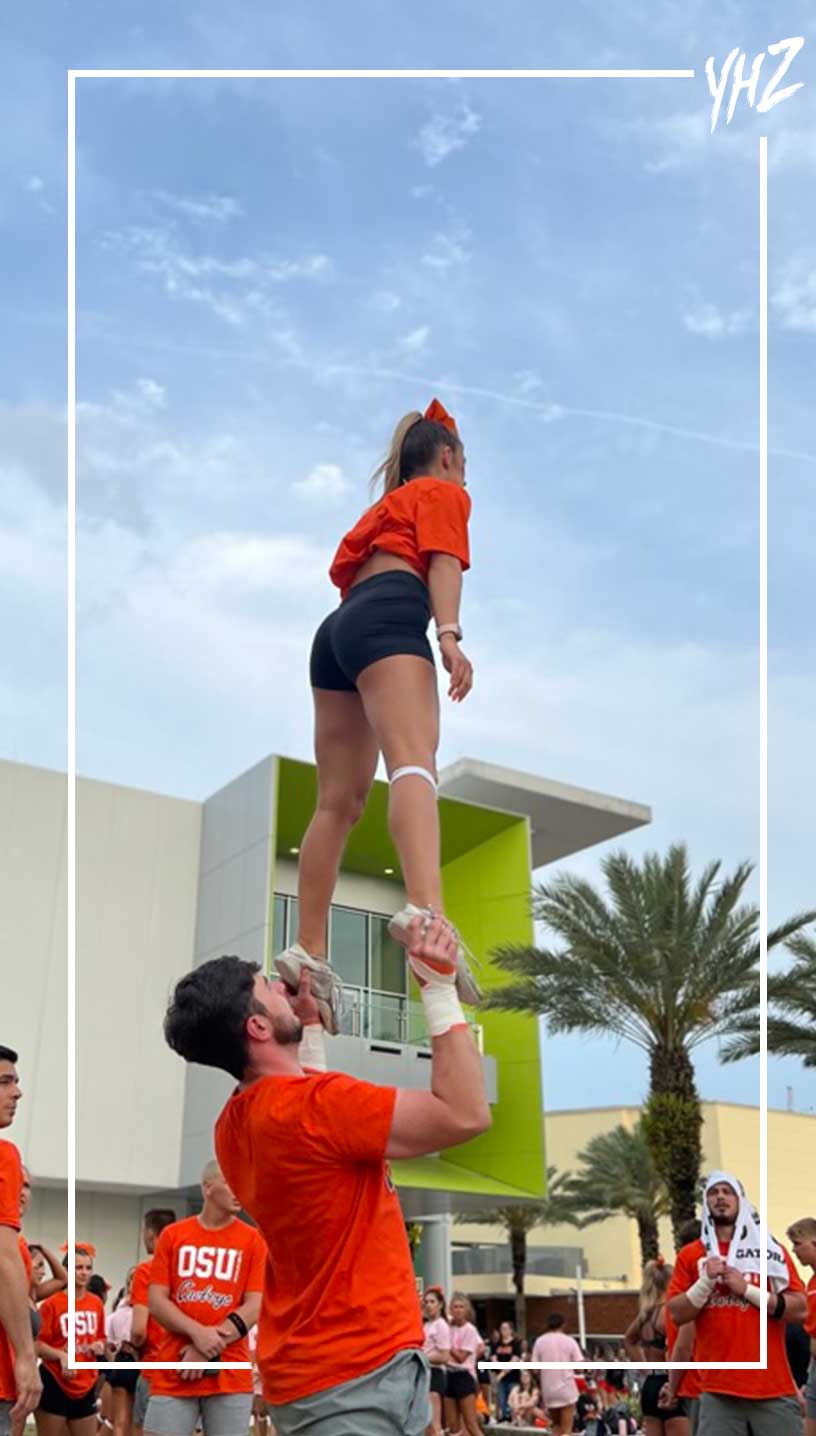
Takeaway for Coaches
Coaches, if you’re primarily experienced as a base, it may be beneficial to bring in an experienced flyer to provide specific tips to your team. The simple directive to “just squeeze” might not cut it for everyone.
Extensions are a vital part of any cheerleading routine, but they can pose challenges, especially for those new to flying or those with hypermobility. With the right techniques and a bit of focused practice, you can turn your troublesome extensions into a showcase skill. And remember, communication with your team and coach is vital for identifying problems and implementing solutions.
IPP's Premade Mixes are USA Cheer Compliant and customizable! Add Sound FX, swap songs, & more! Add your Team Name to the mix for only $10!





